
5:23

Did you know that a third of the Bible is ancient Israelite poetry? Poetry is a rich and artistic form of human communication, but it's also some of the most difficult to read. In this video, we’ll explore the unique characteristics of biblical poetry and discover its beauty and power.

Episode 12

Episode 1
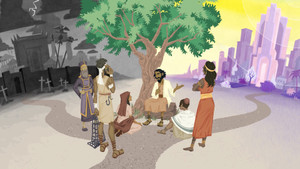
Episode 2

Episode 3
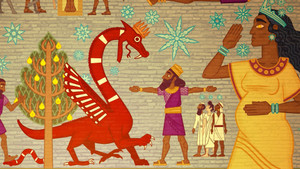
Episode 4

Episode 5

Episode 6
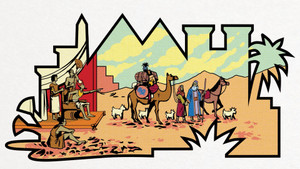
Episode 7
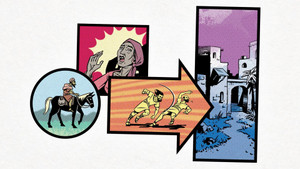
Episode 8
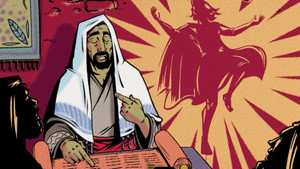
Episode 9
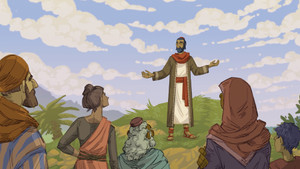
Episode 10

Episode 11

Episode 12

Episode 13
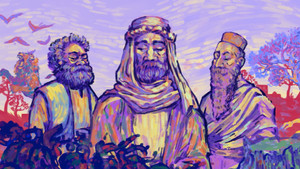
Episode 14
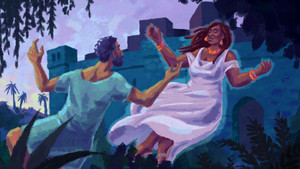
Episode 15

Episode 16

Episode 17

Episode 18
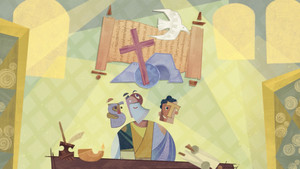
Episode 19